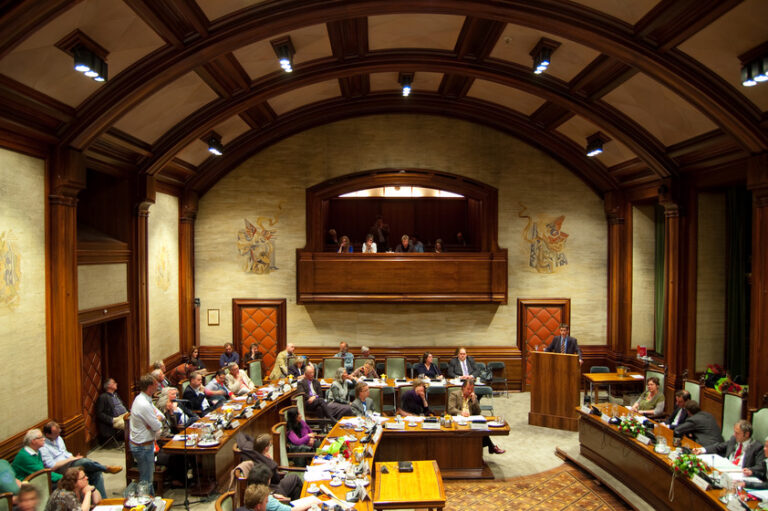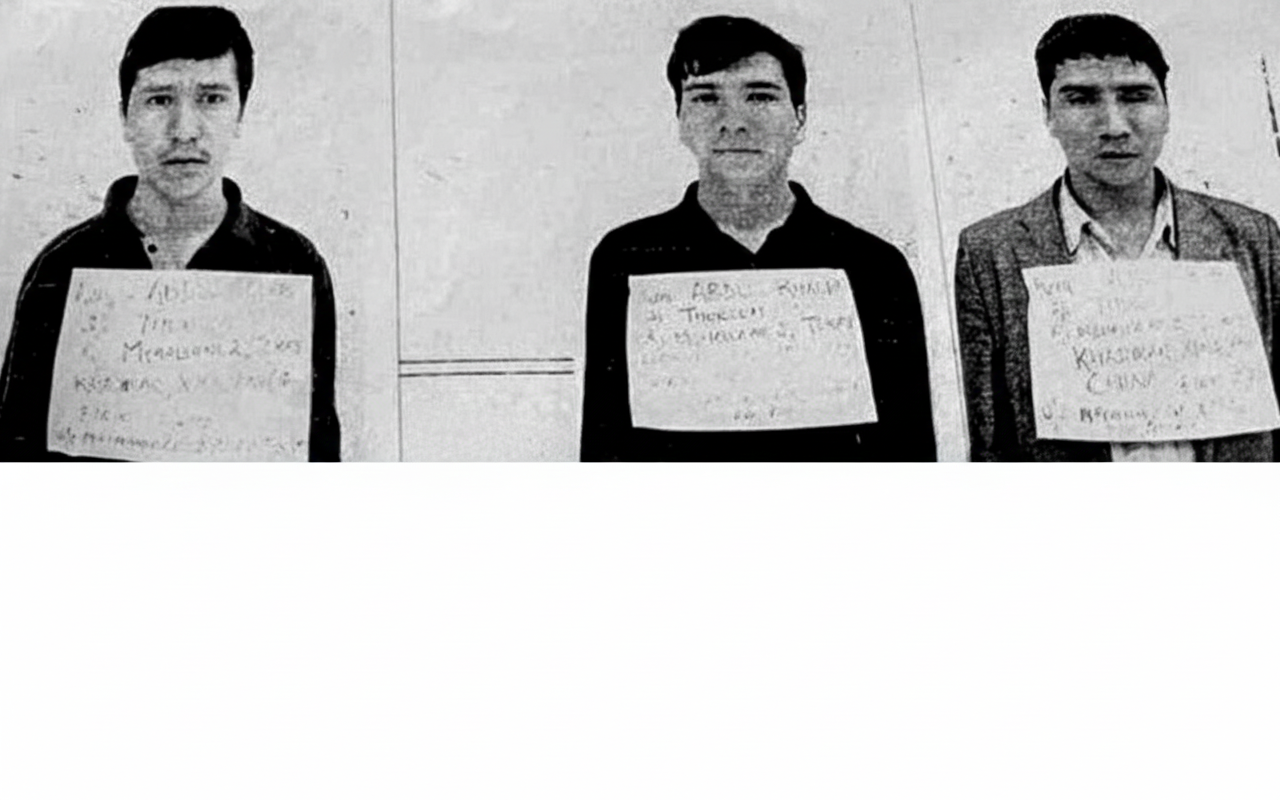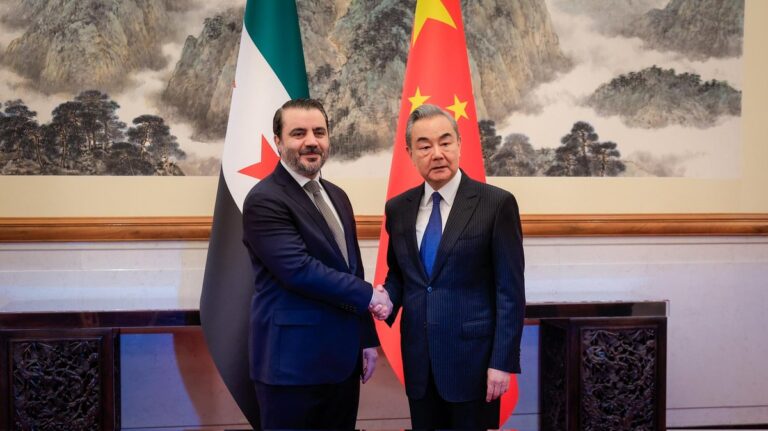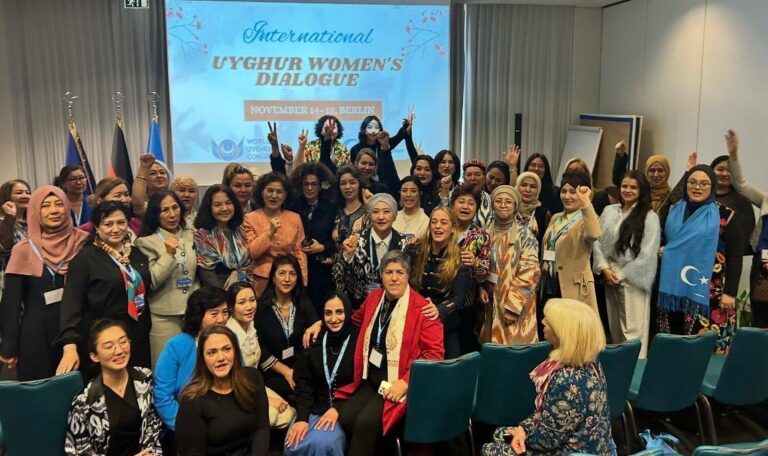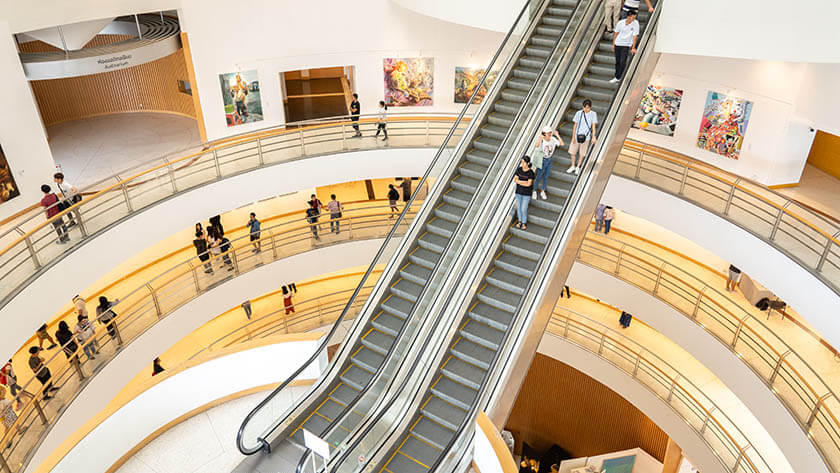
By Uyghur Times Staff
Aug 14, 2025
The Bangkok Arts and Cultural Centre (BACC) has removed artworks by Tibetan, Uyghur, and other exiled artists from an international exhibition following reported pressure from Chinese officials, according to Phayul as cited by The News Mill. Artists and rights advocates have condemned the move, calling it part of Beijing’s widening campaign to silence overseas dissent.
The removed works were part of the exhibition Constellation of Complicity: Visualising the Global Machinery of Authoritarian Solidarity, curated by the Myanmar Peace Museum and featuring ten artists from Tibet, Hong Kong, Myanmar, and the Uyghur diaspora. Opened on July 24, the show addressed state violence, authoritarian alliances, and grassroots resistance movements.
Among the censored pieces was a 12-minute conversational film, Listen to Indigenous People, by transgender Tibetan artist Tenzin Mingyur Paldron. The work explored the origins of a controversial 2023 viral video involving the Dalai Lama, while also highlighting Tibetan activism, including displays of Palestinian solidarity. Other removed installations included a Tibetan flag and artworks addressing Chinese policies in Tibet.
According to Phayul, Chinese embassy personnel in Bangkok, along with officials from the Bangkok Metropolitan Administration (BMA), visited the exhibition soon after its opening and demanded its closure. Within a week, the Ministry of Foreign Affairs and the BMA ordered the removal of references to “Tibet,” “Hong Kong,” and “Uyghur” from exhibition labels and wall texts, as well as the omission of specific artists’ names. By July 31, multiple works were either removed or altered.
Mukaddas Mijit, an Uyghur ethnomusicologist, filmmaker, and artist whose artworks are involved, said on Facebook: “Our names were taped black by the censorship! Go check out Geopoetics, that’s the piece they want to shut down! Where we were just expressing, remembering ourselves… They want us gone, forgotten, But we are still here.. will be…”
“The term ‘Tibet’ has become politicised, affecting even Tibetan names,” Mingyur said. “Museums should serve the public, not cater to dictators of any ideology. When institutions like BACC face unwarranted pressure, the public must advocate for the safety of the arts and their creators.”
Censorship escalated in August when Chinese embassy representatives reportedly returned on August 6 to enforce adherence to Beijing’s “One China” policy, demanding further removals. On August 11, China’s Ministry of Foreign Affairs accused the exhibition of “fostering separatism” and “misrepresenting” its policies on Tibet, East Turkestan, and Hong Kong, insisting that cultural exchanges should not be politicised.
Co-curator Sai, a Myanmar artist, said the censored works included Tibetan and Uyghur flags, along with postcards depicting Chinese President Xi Jinping. He called the situation “profoundly ironic,” noting that an exhibition about authoritarian repression was itself repressed under political pressure. Sai has since left Thailand over safety concerns.
In a statement, the BACC said it had “no choice but to make certain adjustments” due to pressure from the Chinese embassy, conveyed via the Ministry of Foreign Affairs and its main funder, the BMA. The centre admitted obscuring the identities of Hong Kong, Tibetan, and Uyghur artists to avoid diplomatic conflict between Thailand and China.
Source: The News Mill / Phayul

